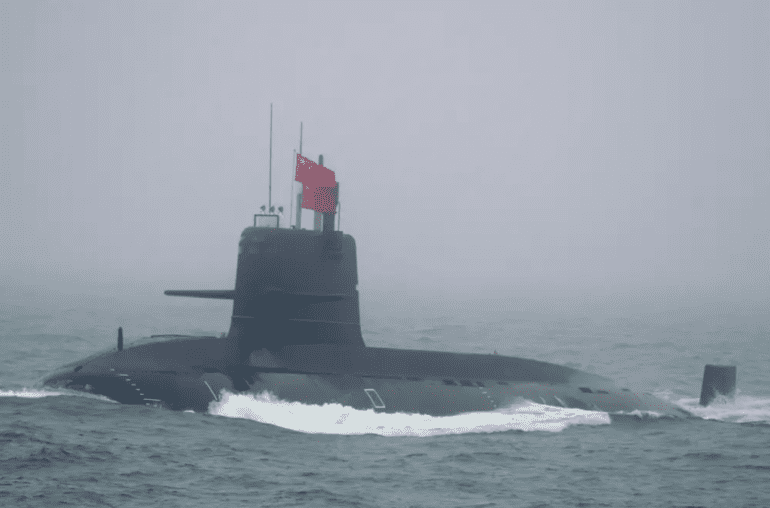TL;DR:
- The US Navy plans to employ AI technology for tracking Chinese submarines in the Pacific.
- A collaborative effort involving the US, UK, and Australia aims to enhance regional security.
- Advanced AI will be integrated into patrol aircraft to process underwater data.
- AI algorithms promise faster and more accurate tracking capabilities.
- The initiative also includes improvements in force protection and intelligence gathering.
- Collaboration extends to quantum technologies, electronic warfare, and hypersonic weaponry.
- Concerns arise from recent incidents involving Chinese warships.
- The Pentagon highlights the risk of operational incidents escalating into crises.
Main AI News:
In a strategic move, the US Navy has announced its intention to harness the power of artificial intelligence (AI) to enhance its capabilities in tracking Chinese submarines within the Pacific. This development comes as part of a collaborative effort between the United States, the United Kingdom, and Australia, as they work together under the Aukus Pillar II, a trilateral security arrangement established in 2021. The primary objective of this initiative is to bolster the preservation of peace and stability in the Indo-Pacific region, addressing the growing concerns surrounding China’s submarine activities.
At a recent joint meeting held in Mountain View, California, top defense officials from these nations unveiled their comprehensive plans. Among the initiatives unveiled is the utilization of advanced AI technology integrated into patrol aircraft, including the US’s state-of-the-art P-8A Poseidon aircraft, specially equipped for anti-submarine warfare operations. These aircraft will play a pivotal role in processing data gathered from underwater detection devices employed by the collaborating countries.
The introduction of AI into this endeavor promises to revolutionize the tracking of Chinese submarines, significantly enhancing both the speed and precision of the tracking process. By harnessing AI-driven algorithms and machine learning capabilities, the three nations aim to bolster their force protection measures, precision targeting capabilities, and intelligence, surveillance, and reconnaissance activities.
In a joint statement issued by the defense leaders, they emphasized the significance of these advancements, stating, “These joint advances will allow for timely high-volume data exploitation, improving our anti-submarine warfare capabilities.” This statement underscores the crucial role that AI will play in maintaining regional security and deterrence.
Beyond the realm of AI, the collaborative efforts of the US, UK, and Australia extend to various technological domains, including quantum technologies, electronic warfare, and hypersonic weaponry. These collective endeavors demonstrate a concerted commitment to staying at the forefront of technological advancements in defense and security.
Addressing the context behind this collaborative effort, Australian Deputy Prime Minister Richard Marles expressed concerns regarding China’s increasing assertiveness in the region. He cited a recent incident in which Australian naval divers faced injury from a Chinese warship’s sonar weapon, despite making their presence known. Marles condemned such actions, stating, “This is unsafe and unprofessional conduct,” and emphasizing the paramount importance of the safety and well-being of Australian Defense Force personnel.
Furthermore, the Pentagon’s China Military Power Report has highlighted a growing concern regarding the potential escalation of operational incidents or miscalculations, which could potentially lead to a crisis or conflict. This underscores the urgency and necessity of the collaborative measures undertaken by the US, UK, and Australia in their pursuit of regional peace and stability.
Conclusion:
The integration of AI technology for tracking Chinese submarines marks a significant advancement in maritime security. This collaborative effort among the US, UK, and Australia underscores their commitment to leveraging cutting-edge technology to ensure regional stability. This development also signals potential opportunities for AI technology providers and defense contractors to play a pivotal role in addressing evolving security challenges.

